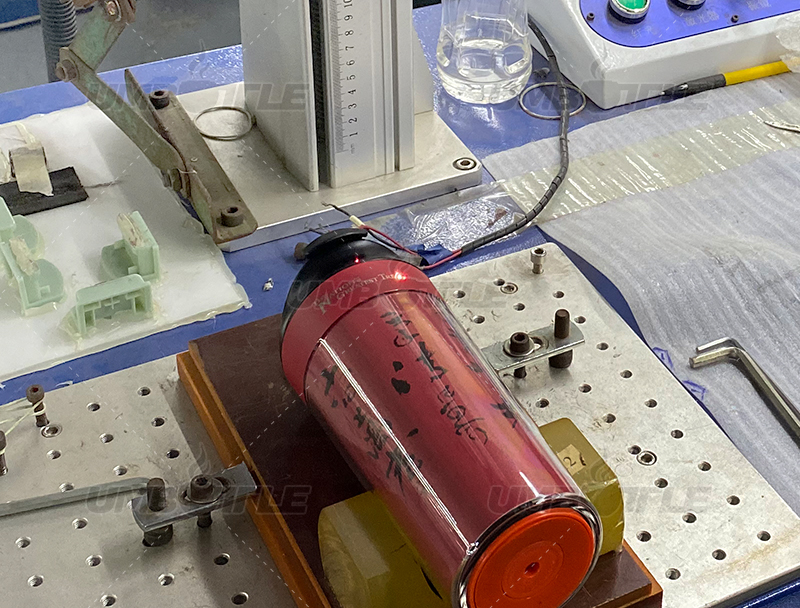Differences in Laser Engraving Applications for Water Bottle Surface Patterns (CO₂ Laser Engraving Machines)
Every cup tells a story, and life is filled with warmth. Hello everyone, welcome to "Dong Dong's Cup Talk"
With the growing global recognition and preference for laser-engraved patterns on water bottles, more and more products are adopting this technique. However, water bottles come in various materials—stainless steel, pure titanium, plastic, glass, and ceramic—each presenting unique challenges based on pattern complexity and engraving difficulty. http://www.umbottle.com/ProductsDetail-VB-10495.htmlMany in the industry, including ourselves and our clients, often struggle to determine which laser engraving equipment will deliver the best results.
Today, drawing from our factory's extensive experience with different laser engraving systems, http://www.umbottle.com/ProductsDetail-VB-10495.htmlI'll provide a detailed analysis of:
1. The application differences of laser engraving technology for water bottle surface patterns
2. The respective advantages and disadvantages of various laser engraving machines
Due to the depth of content, this will be a multi-part series.
I. Core Differences and Application Scenarios of Three Major Laser Engraving Systems
1. CO₂ Laser Engraving Machines
Working Principle:
Utilizes stimulated emission from CO₂ gas to generate 10.6μm wavelength infrared laser, http://www.umbottle.com/ProductsDetail-VB-10495.htmlachieving engraving through thermal vaporization of surface material.
Engraving Effects:
- Best suited for non-metallic materials (e.g., plastic, glass, painted coatings)
- Produces shallow engraving depth with soft edges, http://www.umbottle.com/ProductsDetail-VB-10495.htmlideal for large-area gradient patterns
Compatible Materials:
- Plastic bottles (PP, ABS, etc.): Requires precise power control to prevent edge melting.
- Painted stainless steel vacuum cups: http://www.umbottle.com/ProductsDetail-VB-10495.htmlCan remove surface paint to reveal the metal base, but excessive paint thickness may cause scorching.
- Glass bottles: Requires a rotary fixture to ensure uniform engraving.
Advantages & Disadvantages:
Pros:
- Low cost
- Compatible with non-metallic materials
- Suitable for intricate patterns
Cons:
- Poor results on bare metals
- Lower precision (≥0.2mm)
- Heat-affected zone may deform plastic
Case Study:
A sports water bottle brand initially used a CO₂ laser for logo engraving but encountered yellowing at the edges (thermal damage). http://www.umbottle.com/ProductsDetail-VB-10495.htmlSwitching to a UV laser resolved the issue.
Next: Fiber Laser vs. UV Laser Comparisons
Stay tuned for more technical insights!
Key Takeaways:
1. Clearly explains CO₂ laser mechanics in simple terms
2. Material-specific recommendations with technical parameters
3. Real-world failure case http://www.umbottle.com/ProductsDetail-VB-10495.htmlwith solution
4. Structured pros/cons list for quick reference
5. Maintains engaging tone while delivering technical content

Dongguan Zhanyi Commodity Technology Co., Ltd. specializes in the production of metal cups, plastic cups, coffee cups, suction mug, lunch boxes, food jar, travel mugs, portable water bottles, sports bottles, home life desktop trash cans, thermos bottles, etc.These products are all our annual exports, and are recognized and loved by the US, Europe, Australia, Japan, South Korea, Taiwan, Hong Kong and other consumers. Support for small quantity order, fast customization.